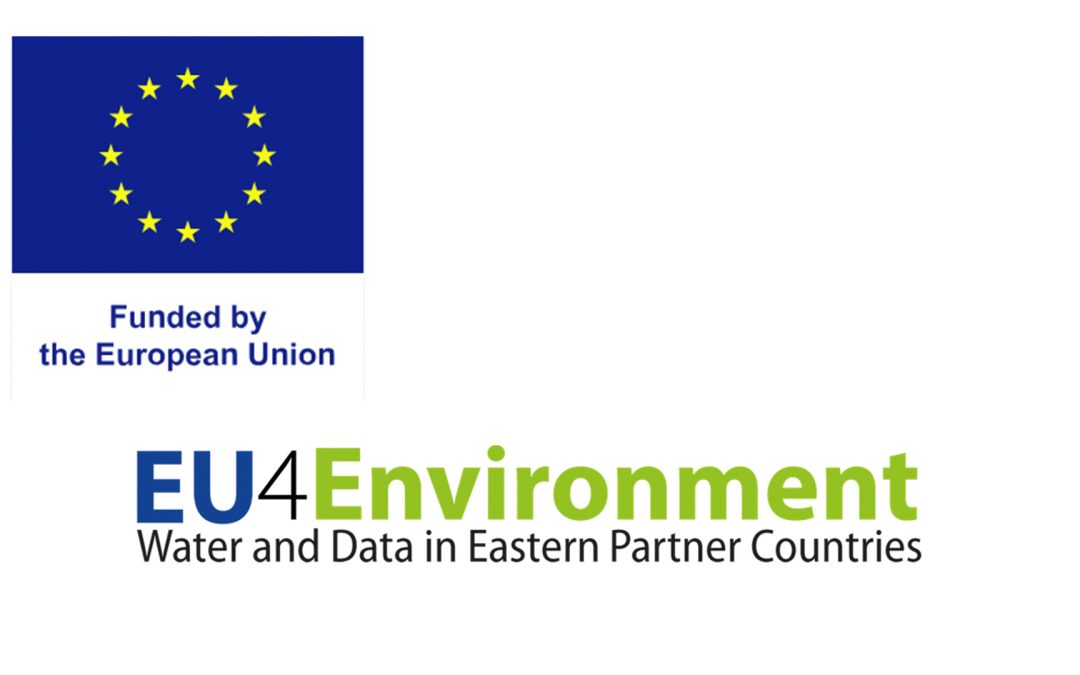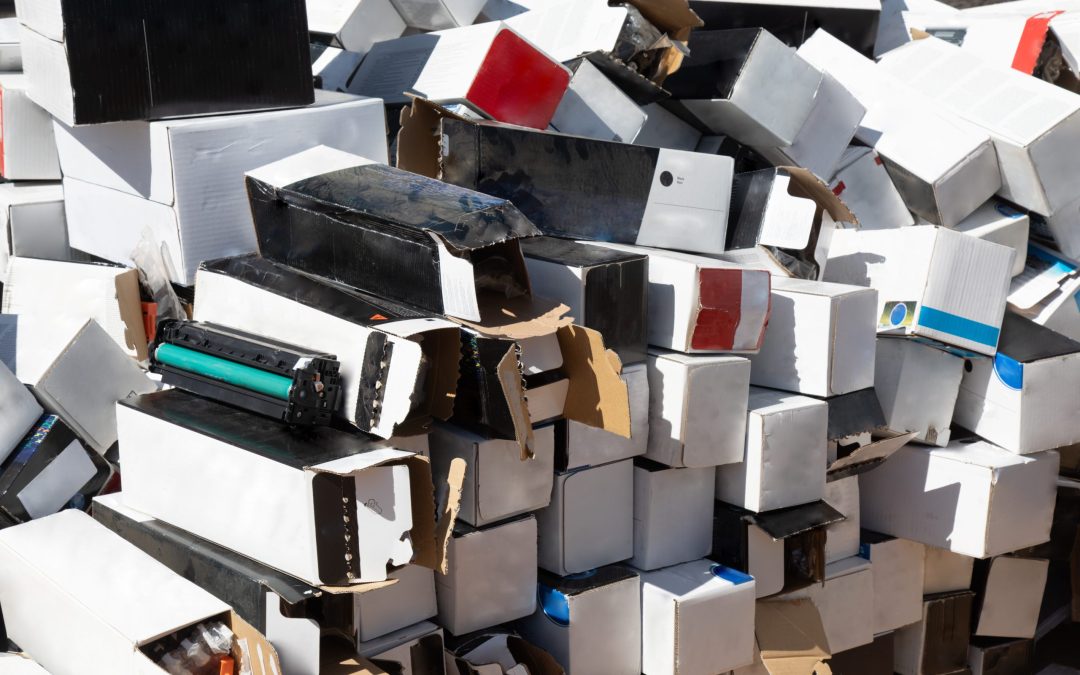 China’s waste ban creates growth opportunities for the circular economy in developed countries, a recent analysis by Frost & Sullivan finds.
China’s waste ban creates growth opportunities for the circular economy in developed countries, a recent analysis by Frost & Sullivan finds.
Following China’s ban on solid waste, including plastic, hardware, ships, scraps of stainless steel, titanium and wood, countries are considering localised circular economy for domestic waste recycling needs.
The plastic recycling market is especially likely to experience high growth due to investments in new technologies, driving the $37.60 billion (€42.14 billion) market towards $39.89 billion (€44.71 billion) in 2019. Overall revenues in the global waste recycling market are expected to increase from $354.7 billion (€397.5 billion) in 2018 to $376.9 billion (€422.42 billion) in 2019, and the volumes generated are set to grow from 29,493.7 million tonnes to 30,190.0 million tonnes during the same period.
The industrial segment generated the most waste (non-hazardous, 16,748.8 million tonnes) in 2019, whereas the total volume of plastic waste generated is 280 million tonnes.
“Growing industrialisation and expansion of hazardous waste types will lead to greater waste volumes and drive the need for better management. Improved sorting and labelling of hazardous waste will further increase collection volumes, and, thus, revenues,” said Deepthi Kumar Sugumar, Senior Analyst, Energy & Environment. “Disruptive technologies like AI, robotics, and drones will aid the optimisation of collection and disposal.”
Frost & Sullivan’s recent analysis, Global Waste Recycling and Circular Economy Market Outlook, 2019, forecasts waste volumes, revenues and services, and examines the latest trends in the waste recycling market. It highlights the recycling opportunities of different waste streams generated globally and the growth opportunities in countries affected by the waste import ban imposed by China. It covers the market segments of municipal solid waste (MSW), industrial waste, hazardous waste, Waste Electrical and Electronics (WEEE), construction & demolition (C&D) waste, and plastic waste.
“The volume of e-waste generated is set to increase in developing regions, especially Asia-Pacific, due to the surge in demand and sale of electrical and electronic appliances,” noted Sugumar. “Many companies are involved in developing various technologies but those employing technologies that are less energy-intensive and leave minimal residues will have an edge.”
The circular economy and sustainability goals will encourage greater innovation, competitiveness, and job creation in the waste recycling market, the analysis finds.
For further information on this analysis, please click here.



















